Introduction
In 2023, this technology took a giant leap forward with a new, advanced deep brain stimulation device. The deep brain stimulation device (DBS), primarily used for treating movement and neuropsychiatric disorders, has been a beacon of hope in neurology for decades. There has been fascinating progress in 2023.
The Evolution of DBS
Since its introduction in 1987, deep brain stimulation involved the implantation of electrodes in specific brain targets. Traditionally, DBS is aimed at alleviating symptoms of Parkinson’s disease, dystonia, and tremors. Over time, its application extended to disorders like major depression, addiction, epilepsy, and obsessive-compulsive disorder.
Brain implants, like those used for deep brain stimulation (DBS), deliver targeted electrical stimulation to specific brain areas. Here’s a general overview of how they function:
- Implantation: Electrodes are surgically implanted in particular brain areas, depending on the treated condition. These electrodes are connected to a neurostimulator, often implanted under the skin near the collarbone.
- Stimulation: The neurostimulator generates electrical impulses that travel through the electrodes to the targeted brain areas.
- Modulation of Brain Activity: The electrical impulses modulate the activity of neurons in those areas. This can alter dysfunctional brain circuits due to conditions like Parkinson’s disease, major depression, or TBI.
- Control and Adjustment: The neurostimulator’s settings, like impulse strength, frequency, and duration, can be adjusted externally by a healthcare provider to optimize treatment efficacy and minimize side effects.
- Continuous Monitoring: Some advanced implants allow for continuous monitoring and automatic adjustment of stimulation based on the brain’s activity, enhancing the personalization of the treatment.
The 2023 Deep Brain Stimulation Device: What’s New?
- Customized Stimulation: The 2023 DBS device marks a shift towards personalized medicine. It provides customized electrical stimulation based on each patient’s specific brain injury profile, targeting the areas most affected by trauma.
- Clinical Outcomes: Patients with the 2023 DBS implant, like Gina Arata, reported significant improvements in cognitive functions impaired by TBIs, such as memory, focus, and mood regulation. Furthermore, these outcomes demonstrate the device’s efficacy in restoring functions that were once thought irrecoverable.
- Technological Sophistication: The latest DBS model features an advanced electrode design capable of circumferential or directional stimulation. Connected to an implantable pulse generator, these electrodes enable precise stimulation control tailored to individual patient needs.
- Broader Therapeutic Applications: While initially focused on movement disorders, the 2023 DBS device’s effectiveness in treating various neuropsychiatric conditions, especially TBI-related impairments, showcases its versatility in neurological treatment.
- Research and Development: This advancement results from extensive research in neurology and biomedical engineering, reflecting years of clinical trials, technological refinement, and understanding of brain function and neuroplasticity.
Potential Risks and Complications with Deep Brain Stimulation Devices
First, surgical risks exist. These include infection and bleeding. These can be serious.
Second, hardware problems can occur. The device might malfunction. This can require more surgery.
Third, there are side effects. These might affect mood and behavior. They can be severe.
Finally, programming the device is complex. It requires specialist visits. This can be time-consuming.
Future Implications and Challenges
The development of the 2023 DBS device is not just a milestone for TBI treatment. This new DBS opens new avenues for treating a spectrum of neurological disorders. It underscores the importance of personalized treatment in neurology, offering a glimpse into future innovations that might offer even more targeted and effective interventions.
However, challenges remain, particularly in understanding the long-term effects of such stimulation. And refining the technology to minimize potential side effects will be an ongoing effort.
Conclusion
The 2023 deep brain stimulation device represents a significant stride in the journey of neurological advancements. In addition, it’s a testament to the power of innovation in improving the quality of life for those with traumatic brain injuries and other neurological conditions.
Furthermore, this highlights the remarkable impact of innovation on enhancing life quality for individuals with traumatic brain injuries and various neurological disorders. Moreover, as research progresses, we can expect even more groundbreaking developments that will transform the field of neurology and the approach to patient care.

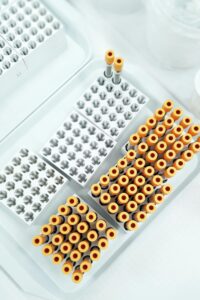

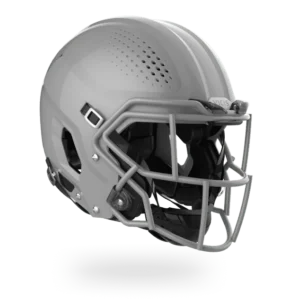
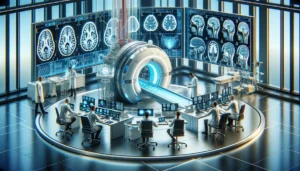
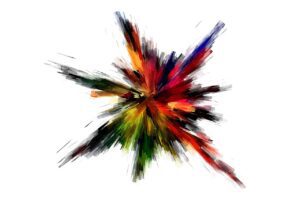
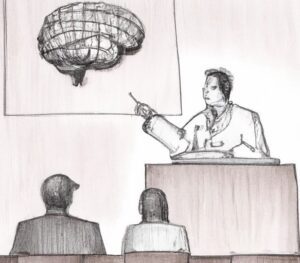
This is amazing. Can you provide any case histories with outcomes so we can see if this is something worth pursuing?